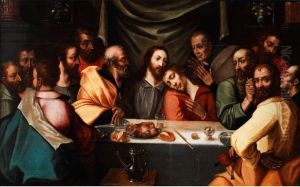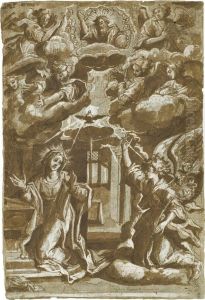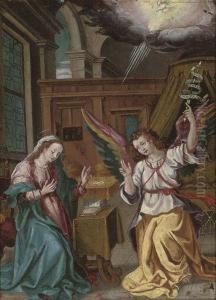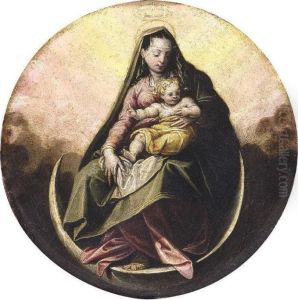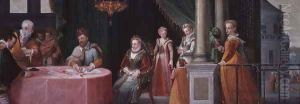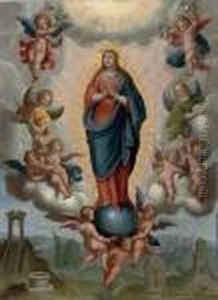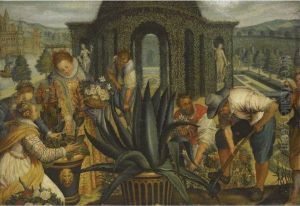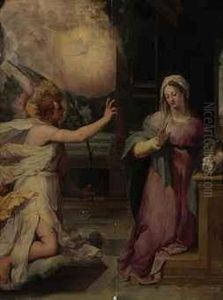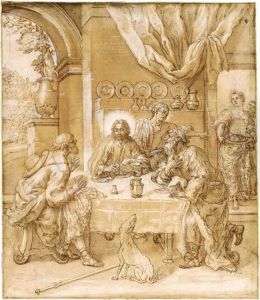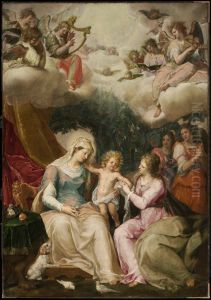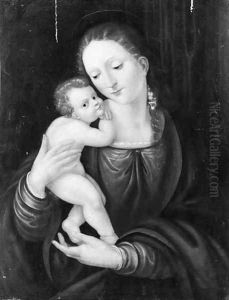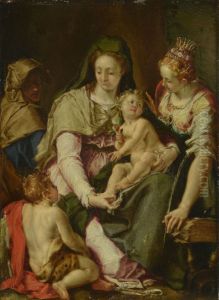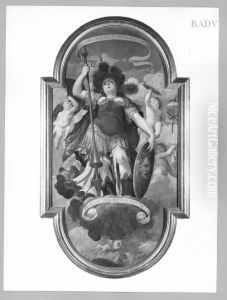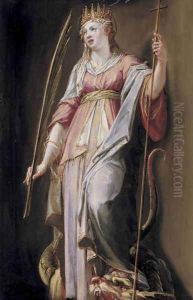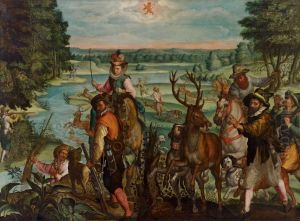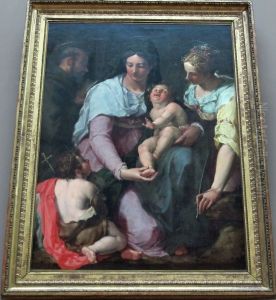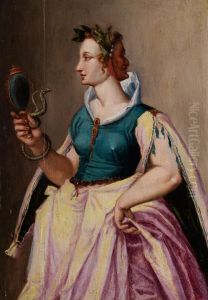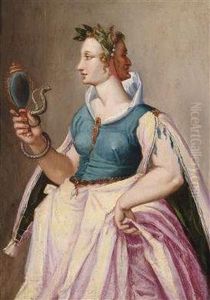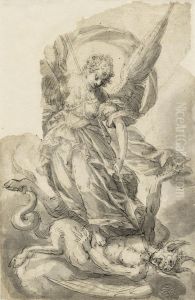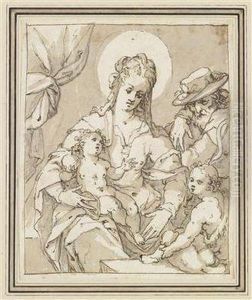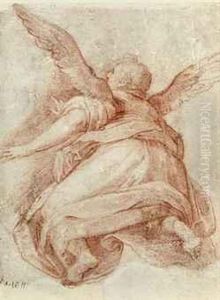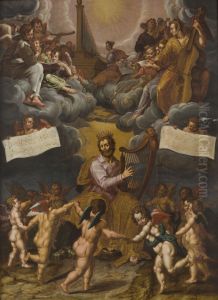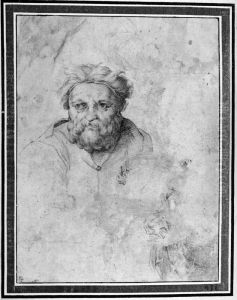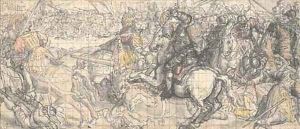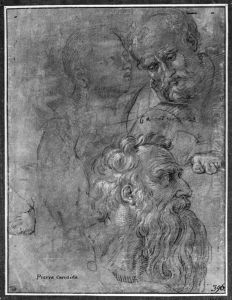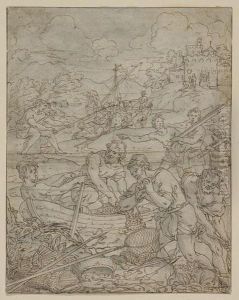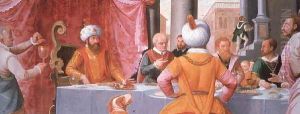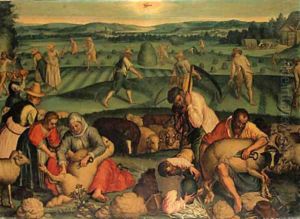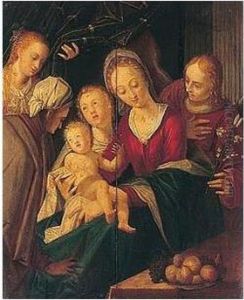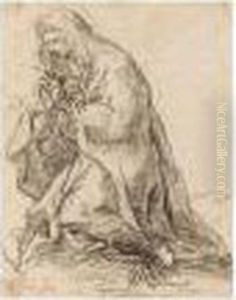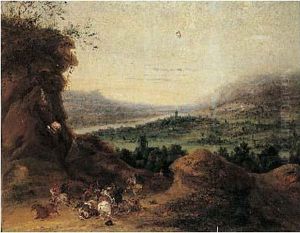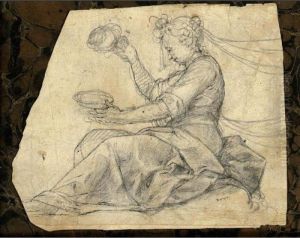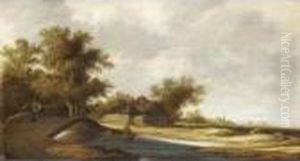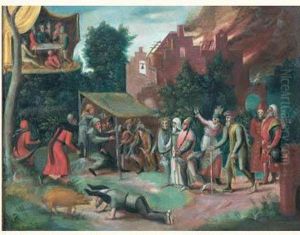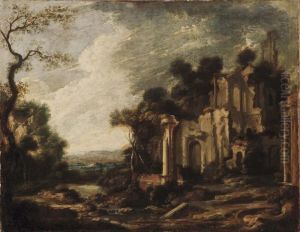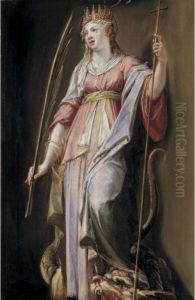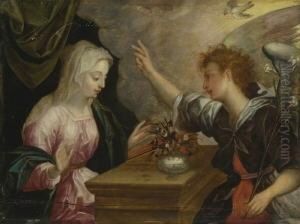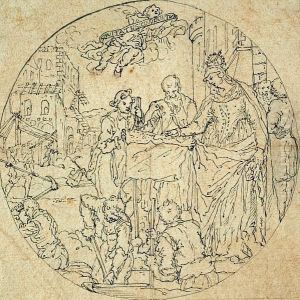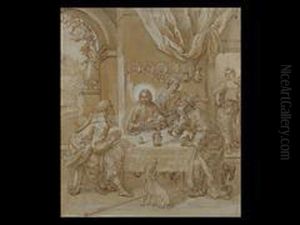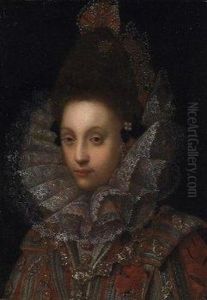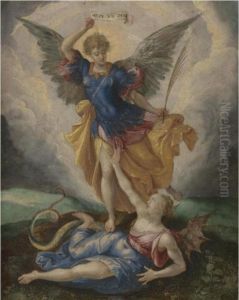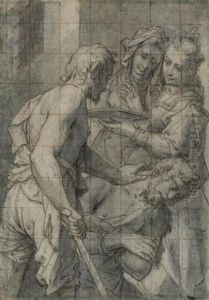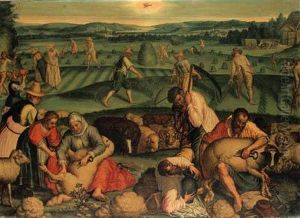Peter Candid Paintings
Peter Candid, also known as Pieter de Witte or Pietro Candido, was a Flemish-born painter, tapestry designer, and draughtsman who was active in the late Renaissance period. He was born around 1548 in Bruges, which was then part of the Spanish Netherlands. Candid's artistic training began in his homeland, but his career truly flourished after he moved to Italy, where he was heavily influenced by the Italian Renaissance.
Candid worked in Florence for the Medici court, where he contributed to various projects, including frescoes, altarpieces, and designs for tapestries. His work in Florence includes contributions to the Palazzo Vecchio and the Medici villas. His style blended Northern European influences with the Italianate features of the Renaissance, characterized by his use of color and the clarity of his compositions.
Later in his career, Candid moved to Munich, where he became a court painter to William V, Duke of Bavaria. In Munich, he continued to work on large-scale commissions, including frescoes for the Munich Residenz and the design of tapestries for the Bavarian court. His work in Munich reflects his mature style, which remained faithful to the principles of the High Renaissance, even as the Baroque style was becoming more popular in European art.
Peter Candid's legacy includes a body of work that is significant for its synthesis of Northern and Southern European artistic traditions. His paintings, frescoes, and tapestries are noted for their vibrant colors, clear compositions, and blend of realistic and idealized figures. After a long and successful career, Peter Candid died in Munich in 1628, leaving behind a legacy as a prominent artist who bridged the Northern and Southern European artistic worlds during a transformative period in art history.
